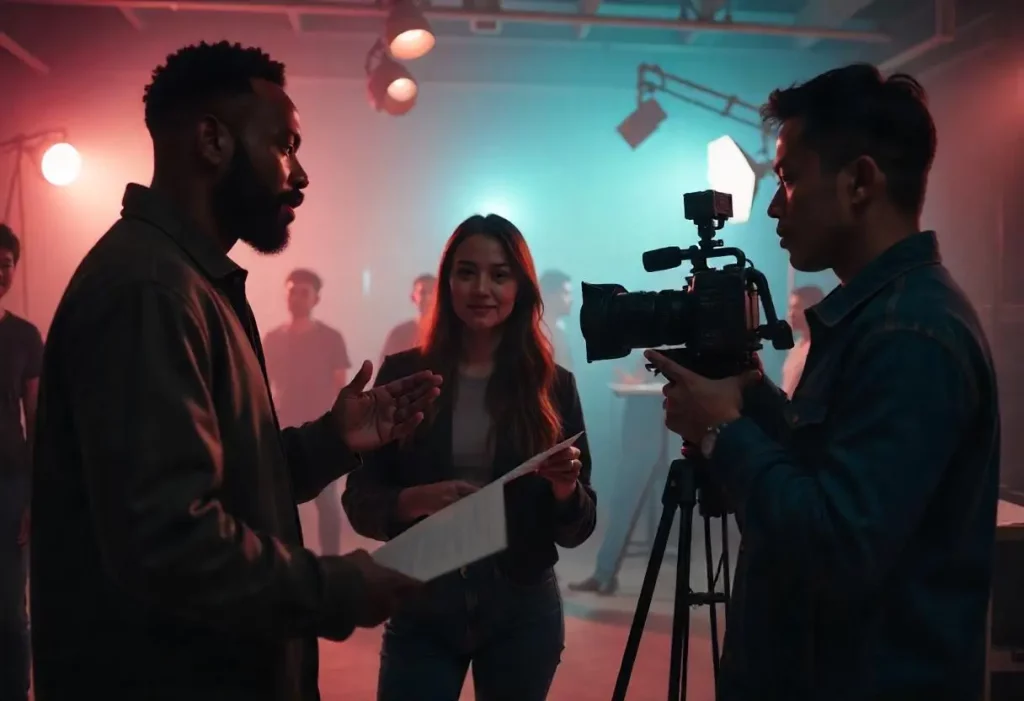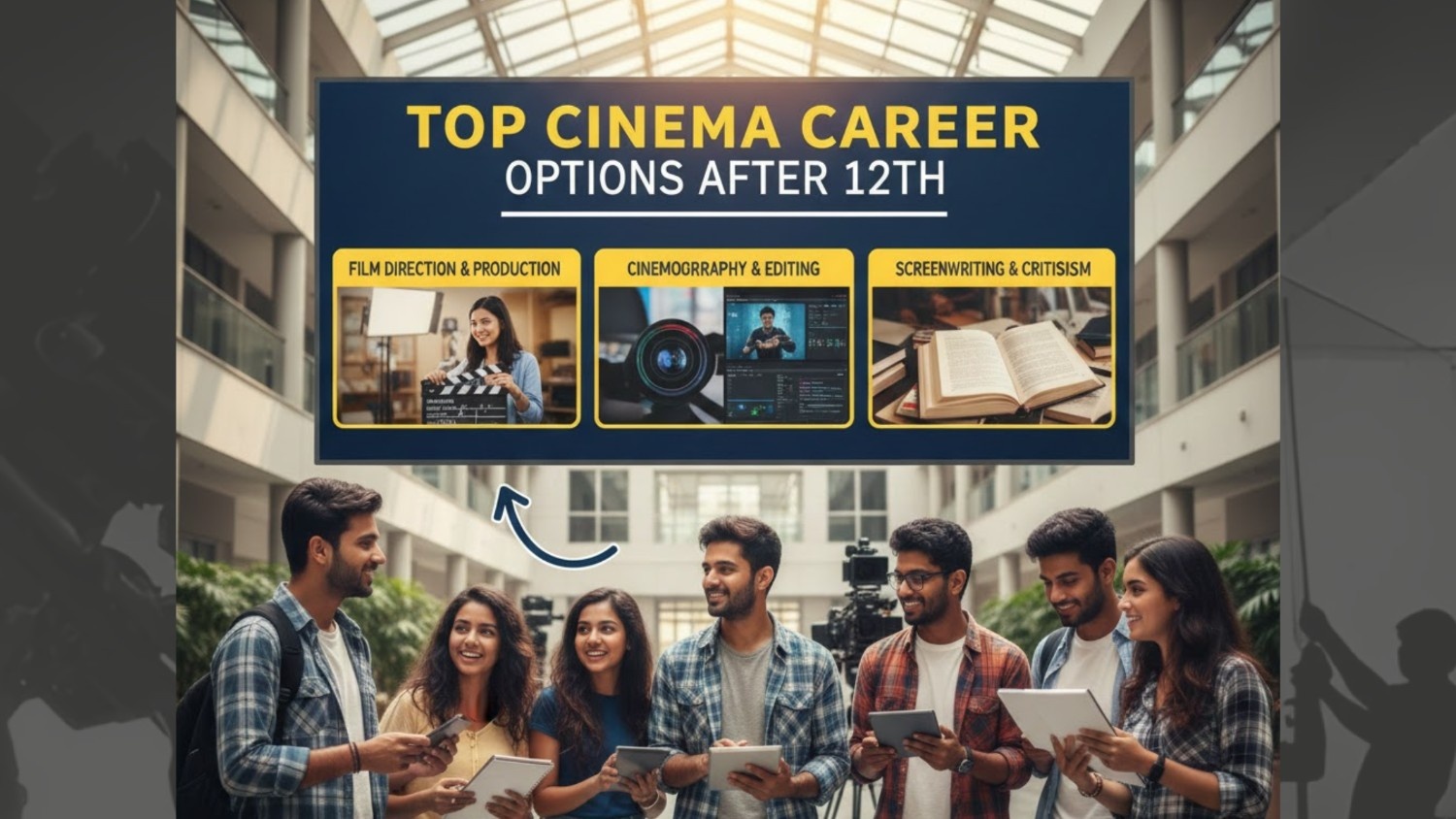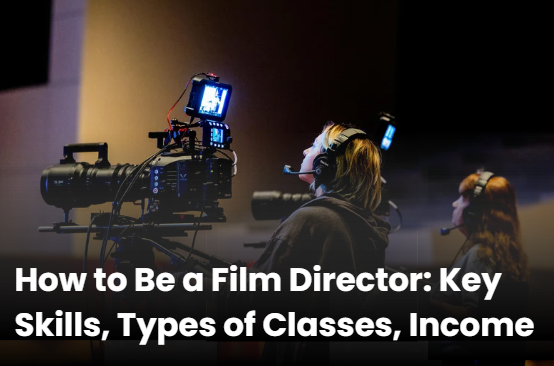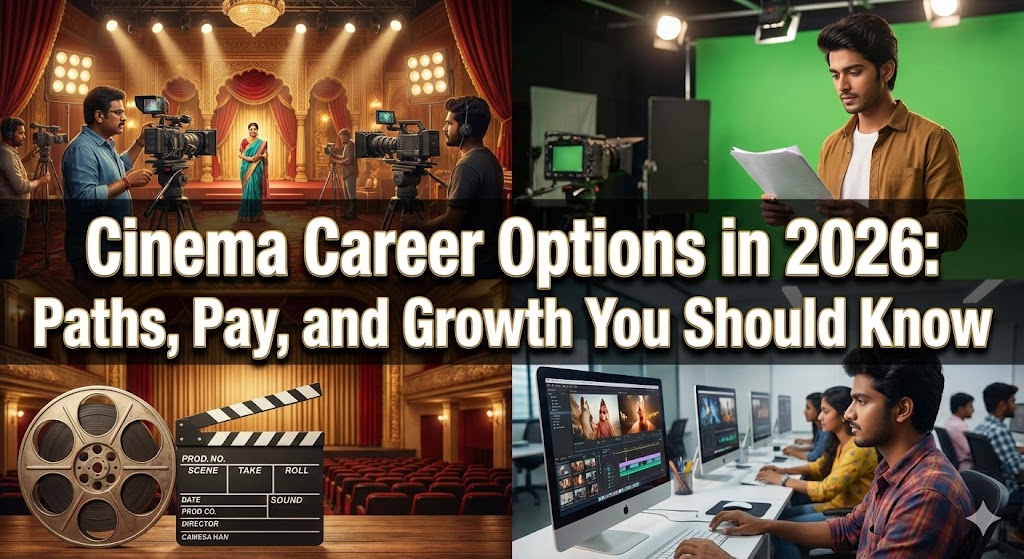Top 10 Cinematography Techniques for Filmmakers in 2025
Imagine Emily, a young filmmaker who has just landed her first major project. Her heart is filled with excitement, yet the weight of responsibility looms large. The story is compelling, and the cast is talented, but the key to turning her vision into something extraordinary lies in the way she captures the world through the lens.
In 2025, Cinematography isn’t just about pointing a scenic camera; it’s about harnessing advanced Cinematography techniques to enhance the film’s emotional depth and visual storytelling.
Top Cinematography Techniques for Filmmakers
In this blog, we will explore the top cinematography techniques you must master to stand out in today’s fast-evolving film industry through Acting Courses—providing a deeper understanding of how visuals and performance intersect on screen.
1. Master the Script and Storytelling
Before you even pick up a video or audio camera, it’s important to get a comprehensive and detailed understanding of a script and Storytelling. A thorough understanding allows you to make more informed decisions about narrative aligned framing, lighting, and camera movements.
- Know the Material: A Cinematographer, after completing their Acting Course, should read the script multiple times to identify key moments that need to be highlighted visually.
- Director’s Collaboration: Conversation should be encouraged for your visual style alignment with the Director’s vision.
- Visual Storytelling: Use camera angles, lighting, and movement to underscore the character’s emotional journey.
2. Crafting the Perfect Lighting Setup
Do you want free career counseling?
Ignite Your Ambitions- Seize the Opportunity for a Free Career Counseling Session.
- 30+ Years in Education
- 250+ Faculties
- 30K+ Alumni Network
- 10th in World Ranking
- 1000+ Celebrity
- 120+ Countries Students Enrolled
Lighting is one of the most powerful Cinematographer’s tools. It sets the tone, helps in mood reshaping, and guides the audience’s emotional journey. The right lighting can make a scene feel warm, cold, tense, or romantic, depending on your story.
- Key Light and Fill Light: Balancing of these two can create a natural and visually pleasing look.
- Backlighting: Adds depth and can create dramatic silhouettes.
- Hard vs. Soft Lighting: Hard lighting is sharp and dramatic, while soft lighting is flattering and skin-friendly.
Read Also: How Technology is Shaping the Future of Film Direction
3. Implement Effective Editing Techniques
Editing is where the magic happens. It’s where your shots come together to form the narrative, making the story cohesive. Effective editing techniques can transform a sequence, change the pacing, and even enhance emotional beats.
Book Now →
- Match Cuts: Create seamless transitions that maintain narrative flow.
- Jump Cuts: Can add energy or create a sense of unease.
- Cross-Cutting: Builds tension by cutting between parallel actions.
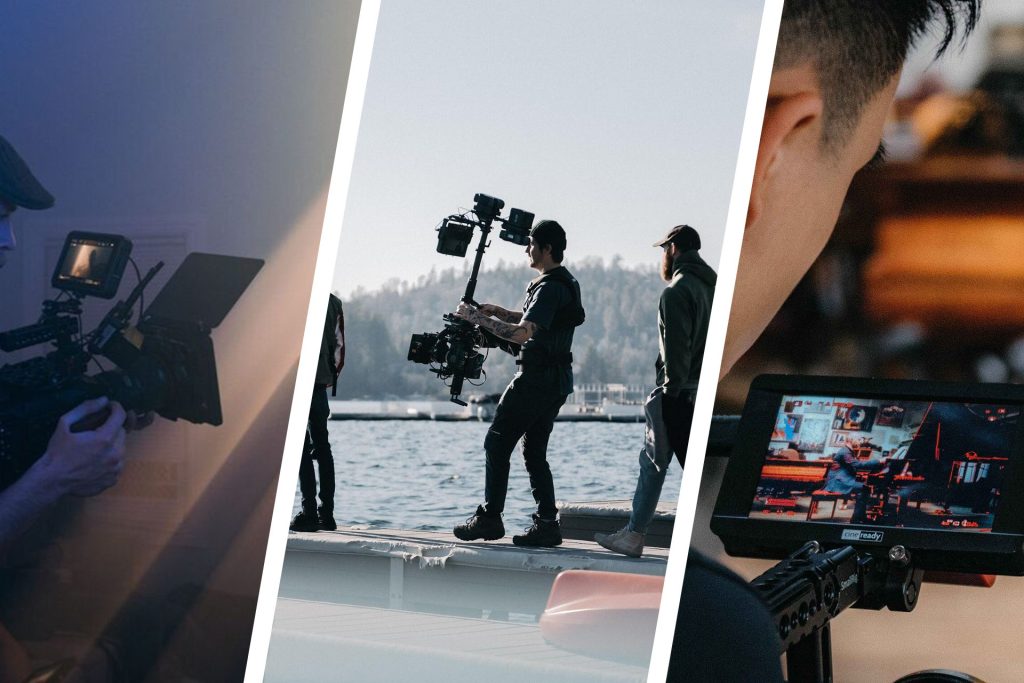
4. Incorporating Music to Enhance the Mood
The right music can either make or break a scene. It has the power to amplify emotions and add a visual depth layer through the top Acting Courses in Delhi and Noida.
- Mood Matching: Choose music that complements the emotional scenic tone.
- Syncing Music with Movement: Timing music cues the rhythm of the screen action and can elevate the drama.
- Using Silence: Sometimes, the musical absence speaks volumes, allowing the visuals to stand on their own.
Read Also: Acting for Film, TV, and Web Series: The Degree That Opens All Doors
5. Harnessing Special Effects for Impact
In today’s filmmaking landscape, special effects (SFX) are more accessible. They can enhance a scene’s realism or add fantasy elements. Knowing the appropriate usage of SFX is key.
Do you want free career counseling?
Ignite Your Ambitions- Seize the Opportunity for a Free Career Counseling Session.- Practical Effects vs. Digital Effects: Know when to use each, based on the requirements of the scene.
- In-Camera Effects: Create dramatic shots with minimal post-production.
- Subtle Digital Effects: Use them sparingly to enhance the realism without the scene overpowering.
6. Exploring Slow Motion and Time Manipulation
Slow motion isn’t just for action scenes; it can be used for a character’s emotional reaction to emphasize or enable a time freeze. This allows you to time the narrative, adding scenic depth to the plot.
- Slow Motion: Highlights key moments, like a character’s dramatic reaction or a crucial plot twist.
- Time-Lapse: Compresses long periods into a few seconds, useful for transitions or showing change.
- Speed Ramping: Transitions between slow motion and regular speed for added dramatic effect.
7. Mixing Color Temperatures for Visual Balance
Color temperature refers to the warmth or coolness of the light. Mixing different scenic color temperatures can create tension or harmony, depending on the story’s needs for actors who have completed their Acting Course.
Read Also: How to Become a Successful Actor: Acting Courses, Skills, and Eligibility
Read Also: The 5 C’s of Cinematography: Secrets to Visual Storytelling
- Warm Light (Yellow/Orange): Creates intimacy, warmth, and comfort.
- Cool Light (Blue): Adds distance, coldness, or unease.
- White Balance: Adjust the white balance for the desired tone matching of a scene.
8. Optimizing Visual Effects in Post-Production
Post-production Visual effects (VFX) can elevate your film to go beyond what’s achievable on set. With tools like CGI and Digital Compositing, you can create fantastical worlds and surreal moments or just add some practical shot polishing.
- Integrating VFX Seamlessly: Ensure the effects blend naturally with live-action shots.
- Enhancing Performance: Use VFX to subtly enhance an actor’s performance, like adding atmospheric elements to the scene.
- Creating Stunning Visuals: Think about how VFX can complement the storytelling, not overwhelm it.
9. Creating a Compelling Production Design
Production design goes beyond just dressing the set; it’s about creating an environment that reflects the story’s world. The set, props, and costumes all play a part in enhancing the narrative in a visual context.
- Set Design: Choose elements that align with the tone and mood of the film.
- Props: Use props as symbolic elements to reinforce the theme.
- Costumes: The wardrobe should reflect the character’s journey and personality.
Read Also: Mastering Post-Production: Tips and Techniques for Beginners
10. Effective Time Management During Filmmaking
Time is often the most limited film set’s resource. Effectively managing time ensures that all film elements, ranging from lighting setups to actors’ performances, are given the attention they need.
- Pre-Planning: Develop a shooting schedule that allocates time for each scene.
- Efficient Workflow: Coordinate with the crew to ensure smooth shot transitions.
- Prioritising Key Shots: Make sure the most critical shots are prioritized in case of time constraints.
Conclusion
Mastering Cinematography in 2025 requires creativity, technical expertise, as well as collaboration. By integrating these essential techniques, Filmmakers can craft visually compelling and audience-resonating stories.
Take your passion further with an Acting Course in Delhi at AAFT (Asian Academy of Film and Television). With expert training and hands-on experience, AAFT helps you transform your Acting dreams into reality!

AAFT has been providing the world with limitless creativity and expression since 1993! Through a dynamic and industry-driven curriculum, AAFT provides engaging and captivating articles to persuasive blogs and empowers its readers to explore diverse avenues of creative media education-related content.


